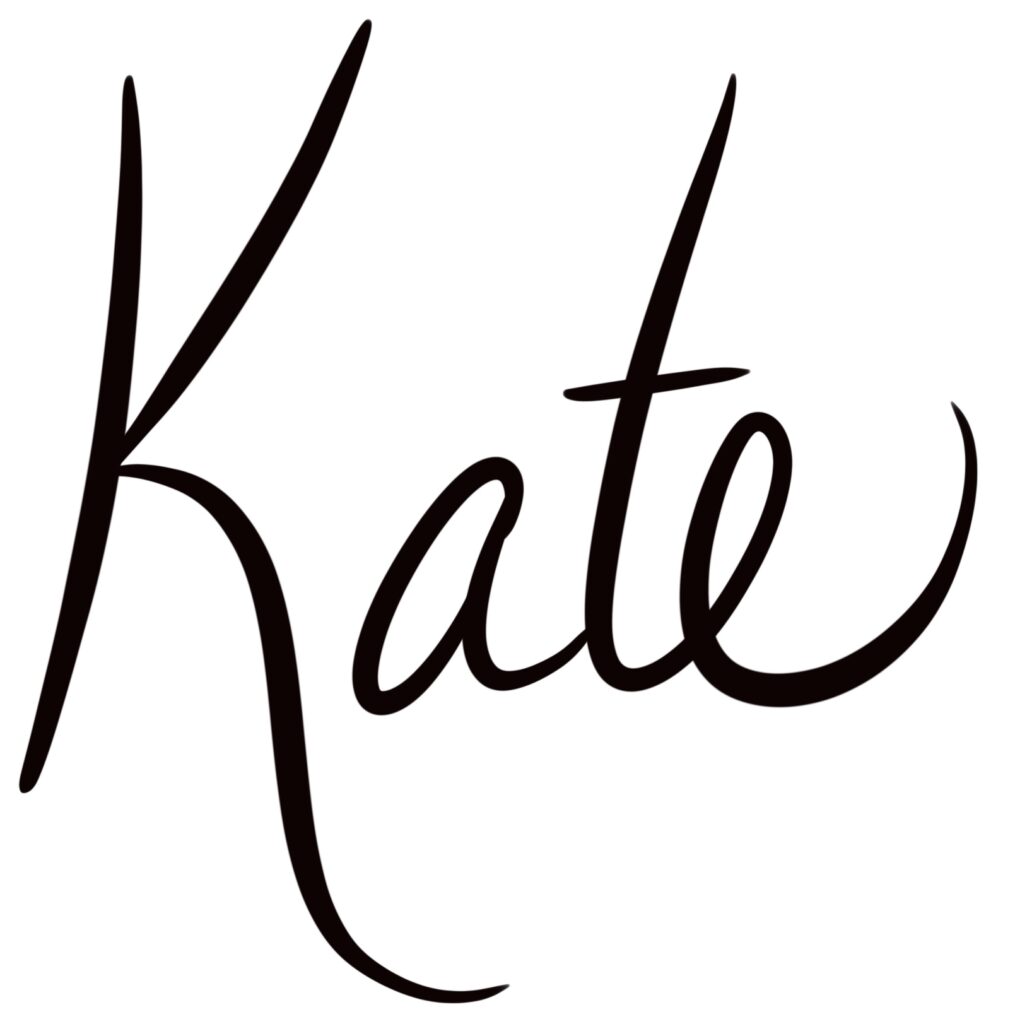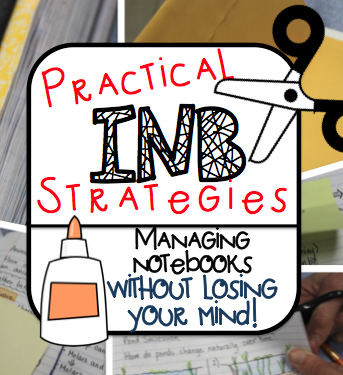NGSS Models in the Classroom: Representations, Reflections, And Revisions:
In the science community, models can be physical, conceptual, or mathematical. They are representations of more complex systems that are often used to make predictions. Models may be simplified versions of systems, but little about them is simple.
In the Next Generation Science Standard (NGSS) classroom, models are ways for students to express their understandings of phenomenon. When they are effectively incorporated into the classroom, students engage in higher-level thinking.
Models In The NGSS Classroom
A typical “model” assignment in a science class might be to create a scaled enlargement of a cell. However, such a diagram mostly reinforces vocabulary. In the NGSS classroom, models should explain and show relationships.
Students might be asked to create a model of what effects the sun has on comets when they are pulled into the inner solar system, how a tsunami is formed, or the impact of a new species on an existing ecosystem. This computerized video model from NASA shows Thermohaline Circulation, or the Great Ocean Conveyor Belt. A complex animation such as this one would be difficult for students to create, but it can be used as an example for students of what how a complex system can be represented.
Using Models For Scientific Thinking
In the NGSS classroom, the emphasis should not be on the model itself, but should be on the process of its creation. It is important to let go of control and let your students THINK through their models….even when they are not 100% correct. (This was the hard part for me.)
This means that students might create models based on what they think they know about a phenomena. Then, after discussions with each other or learning activities, they reflect on the effectiveness of their model and make revisions. Through this process, students engage in scientific thinking. They develop their models by considering variables, data, and evidence, and they use their observations to further develop their models.
During this forces activity, students were given ping pong balls, golf balls, spring scales, rubber bands of different sizes, meter sticks and a thick cardboard piece with a u-shaped cutout and nails (see photo). As a springboard for learning about Newton’s 2nd Law, they were asked to create a model that proved that force, mass and acceleration are related.
When kids are given supplies, a goal and then unstructured time to develop their ideas, amazing learning happens! As I walked around I could clearly tell who had background knowledge on the topic, I could tell who needed some prompting and who might just need some extra time to “play” with the materials before “AH HA!” coming to a conclusion. It was really different than traditional modeling (like the model of a cell that I made in 7th grade) but there was SO much thinking and learning that I could barely keep up with each group’s developments.
Talk to your students about models! Dalton, Thomson, Rutherford, and Bohr all contributed models of atomic structure. Each subsequent model incorporated new discoveries into the next atomic model. These scientists are the perfect “models” for using models in the NGSS classroom, where errors become the motivation for new investigations and the unknown becomes an impetus for discovery.






